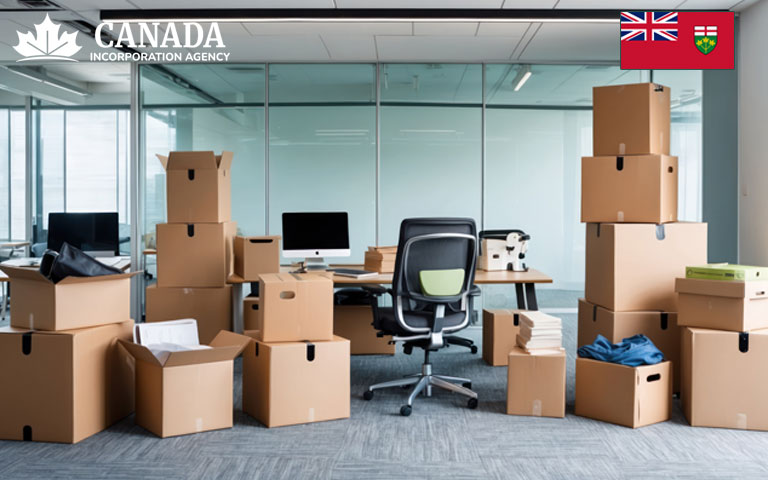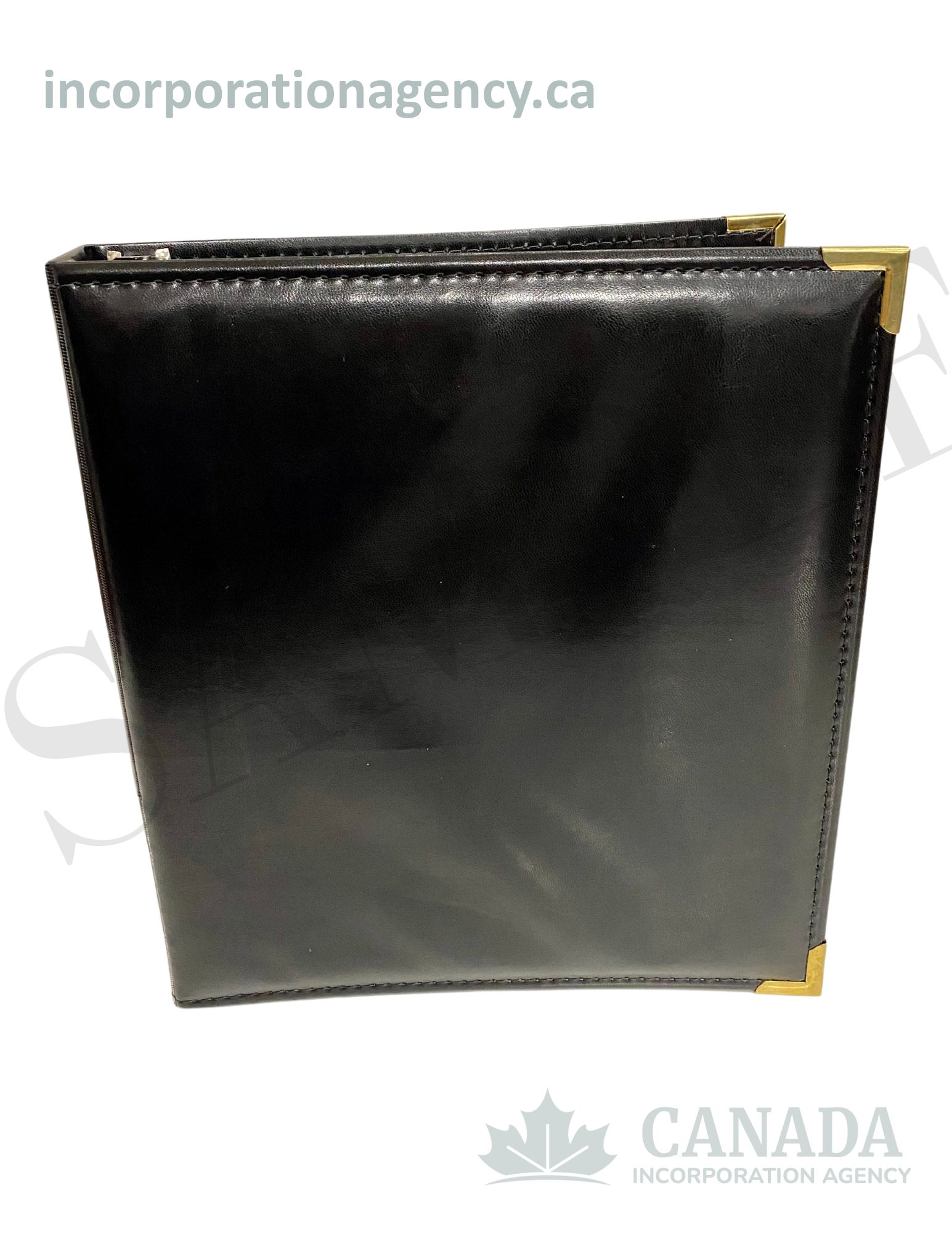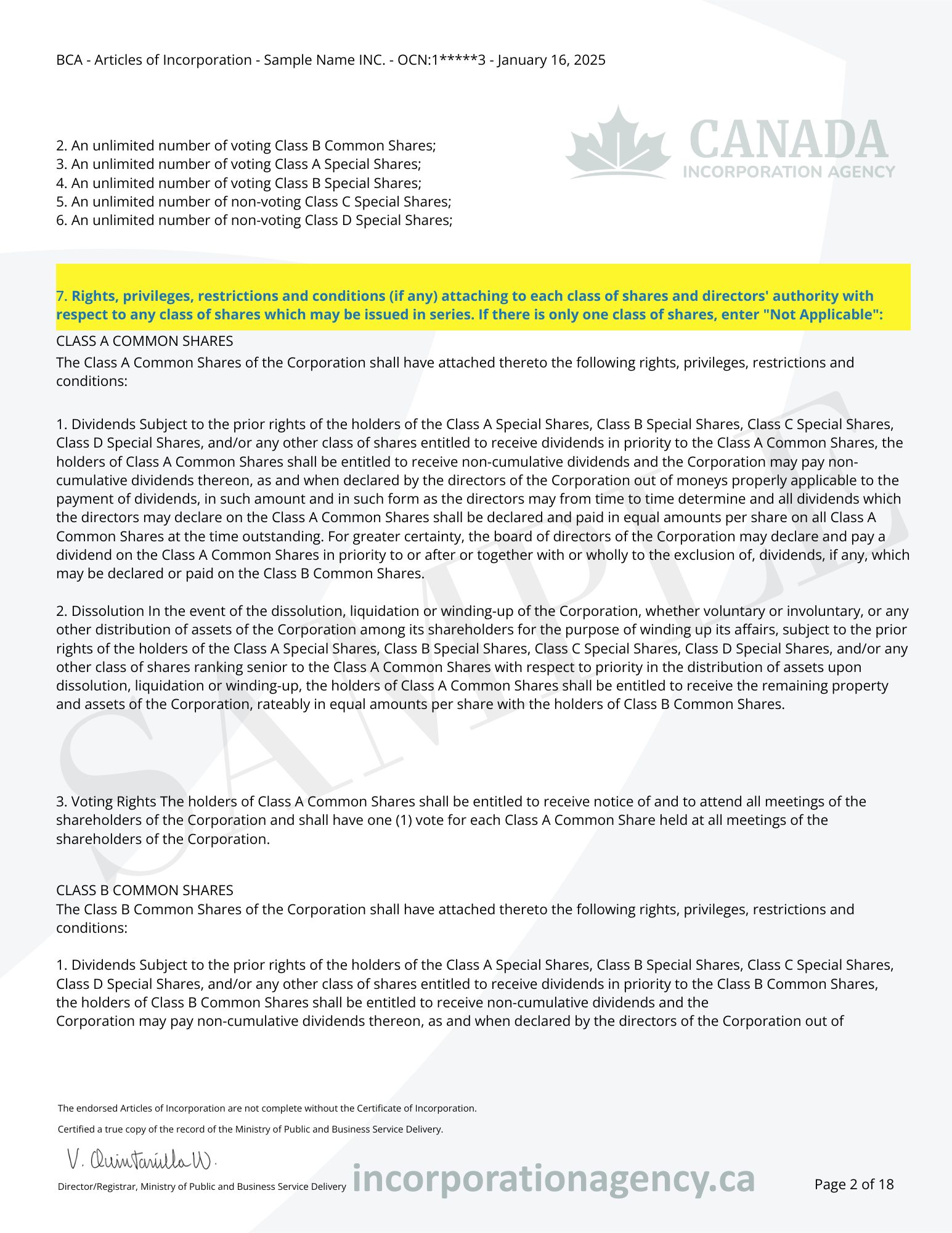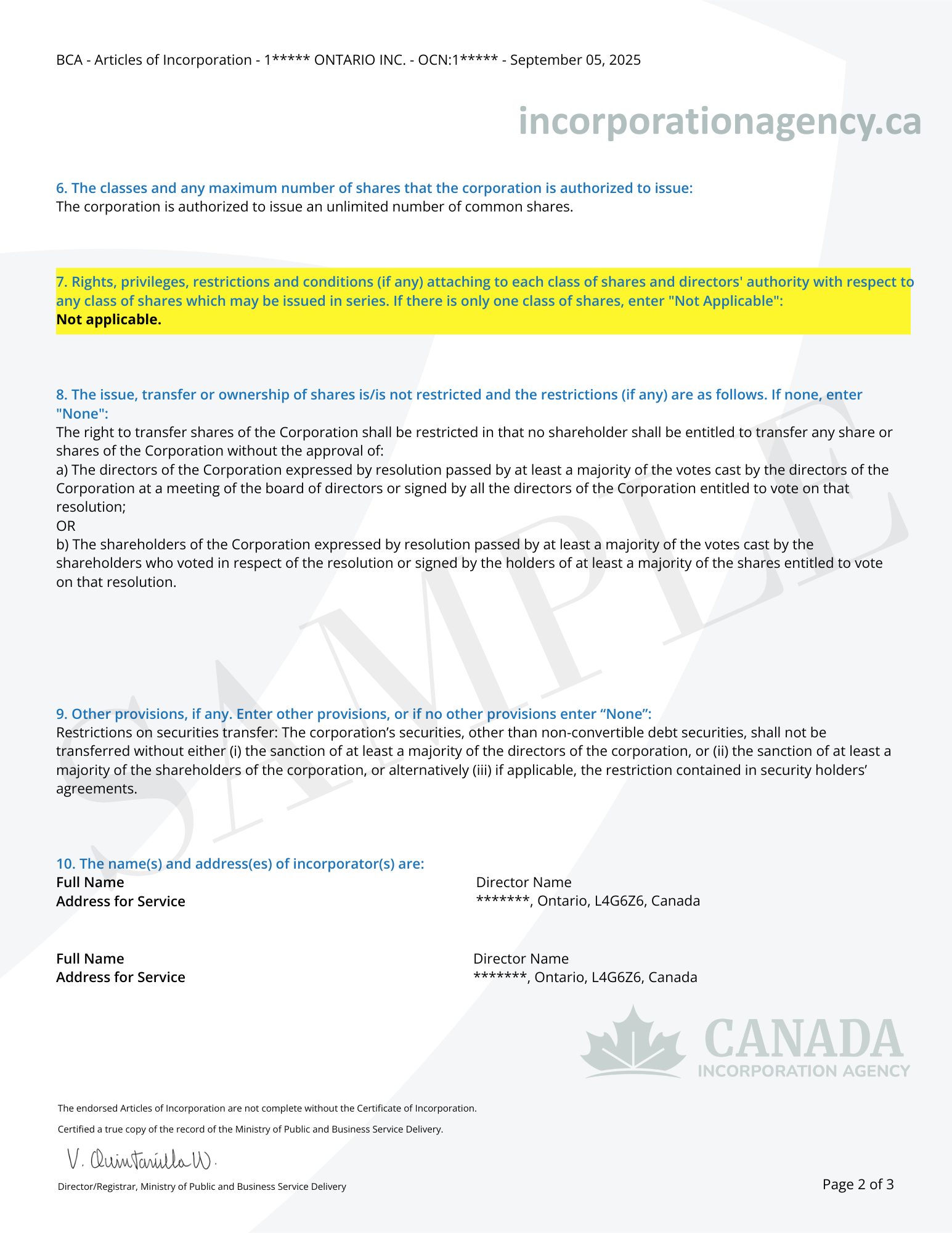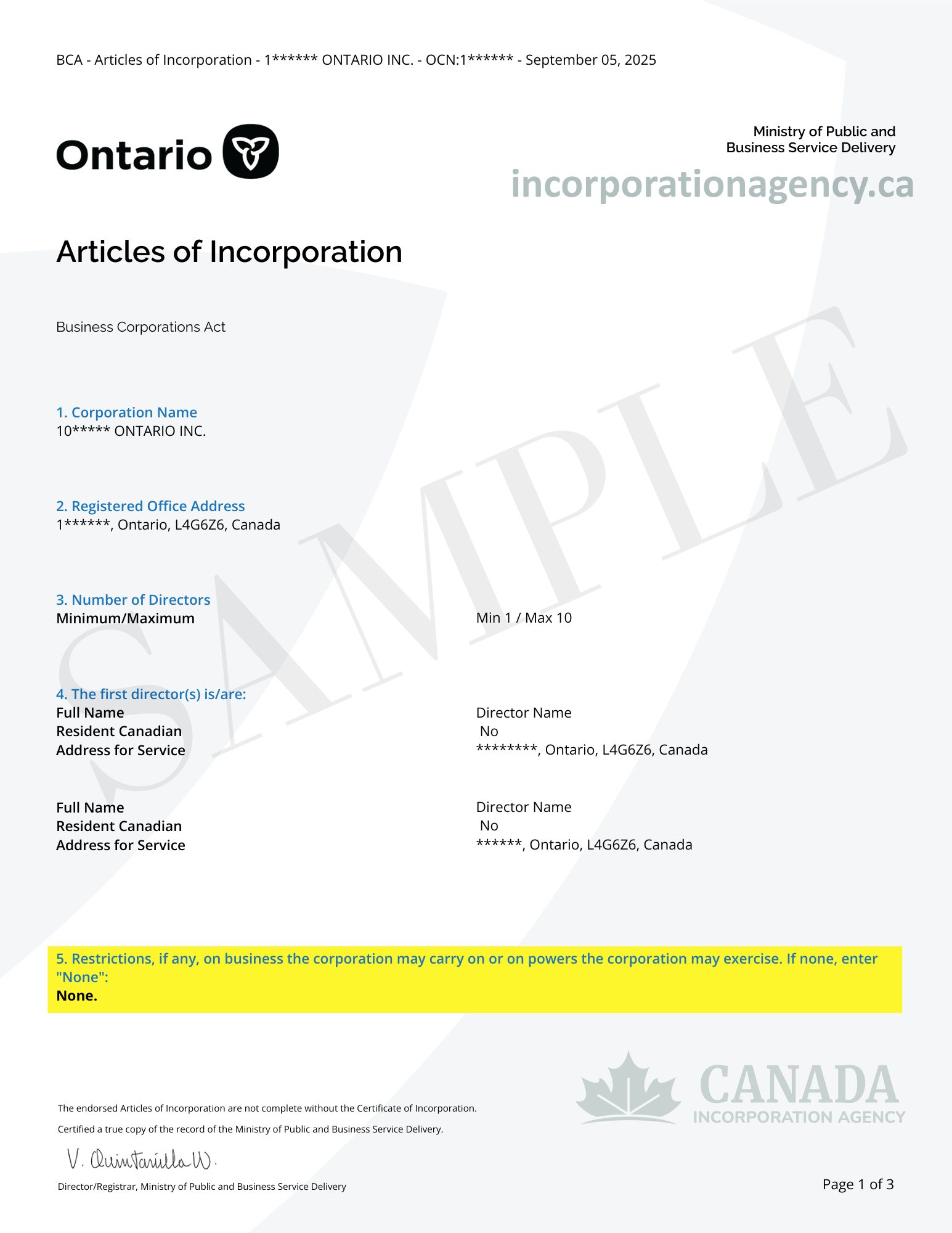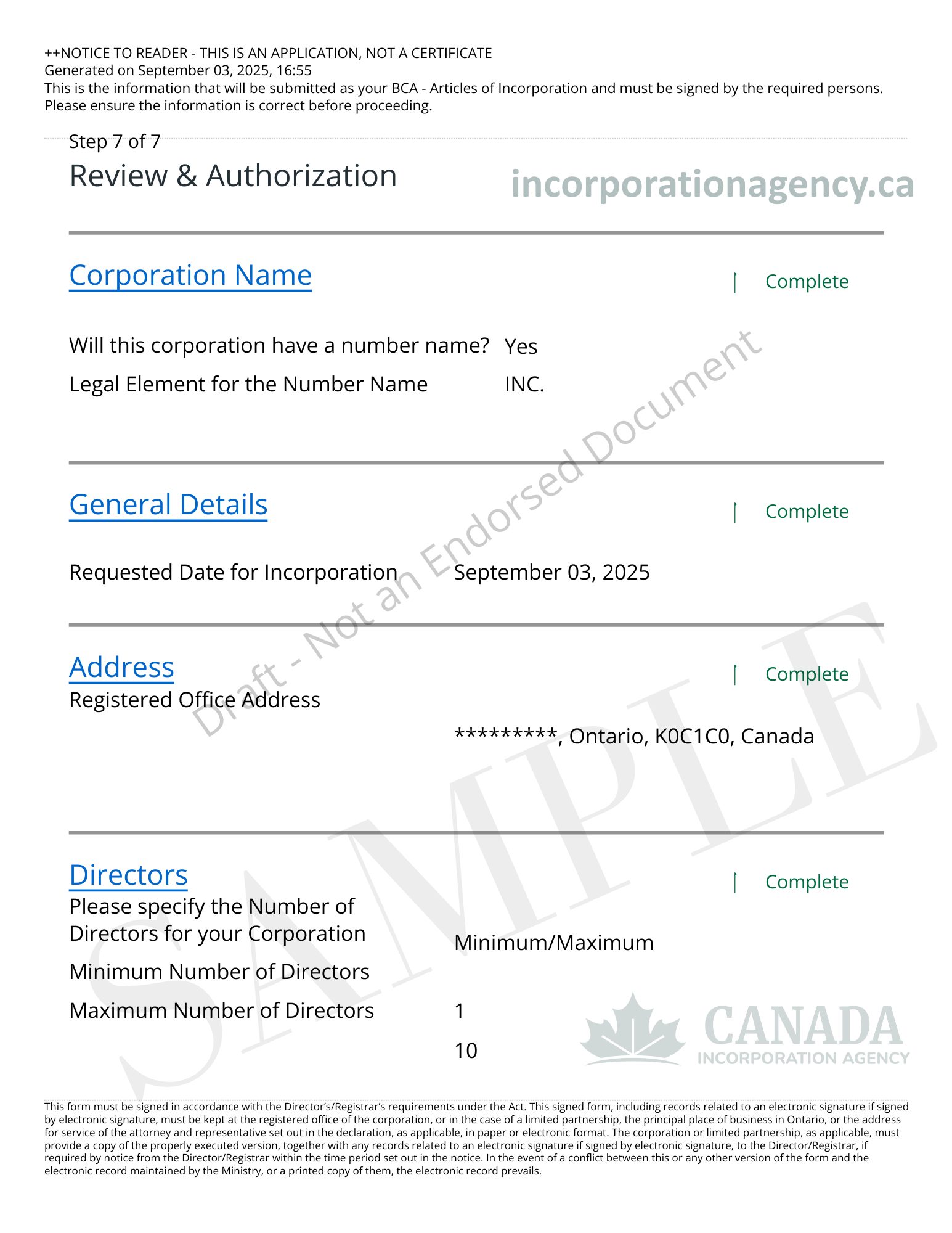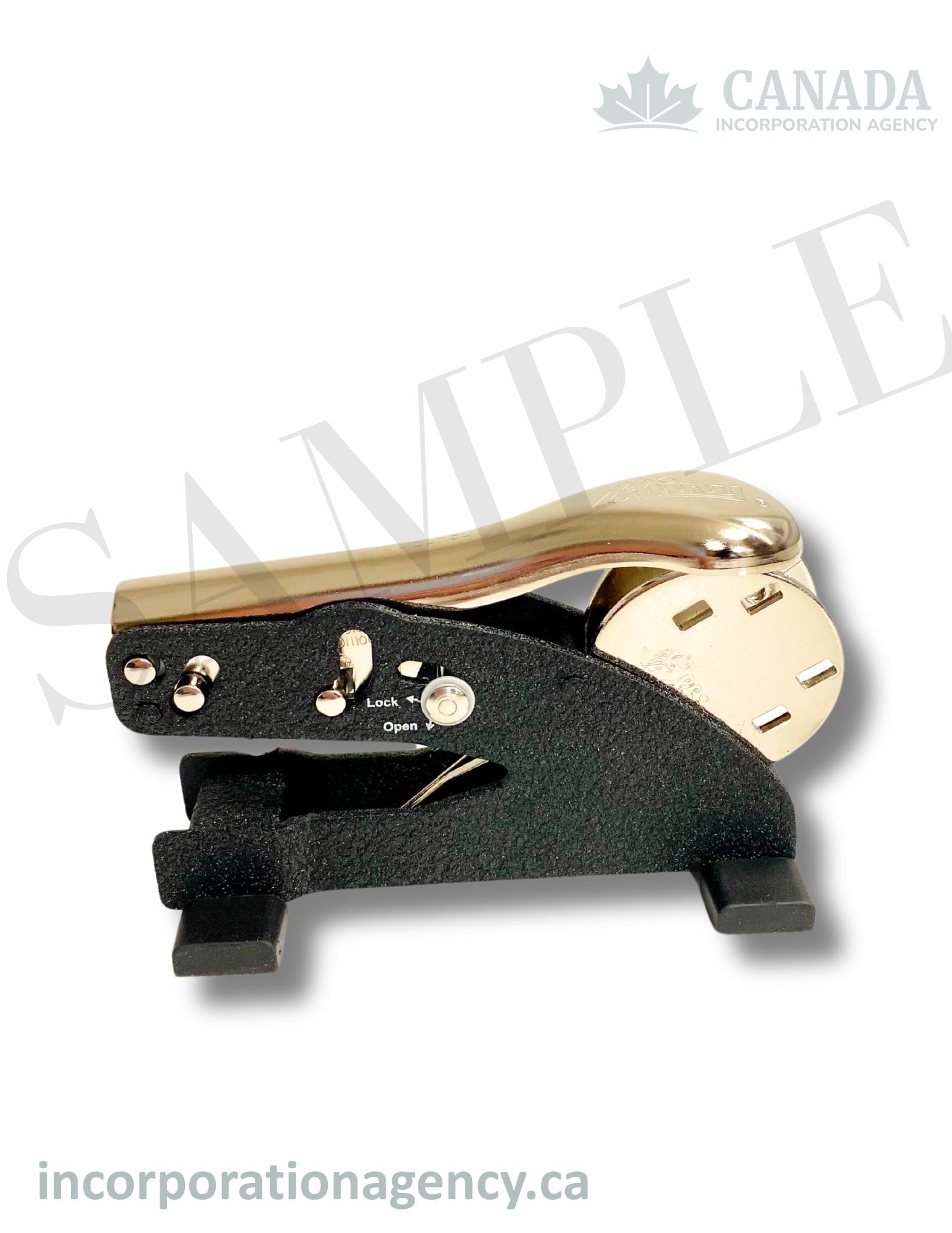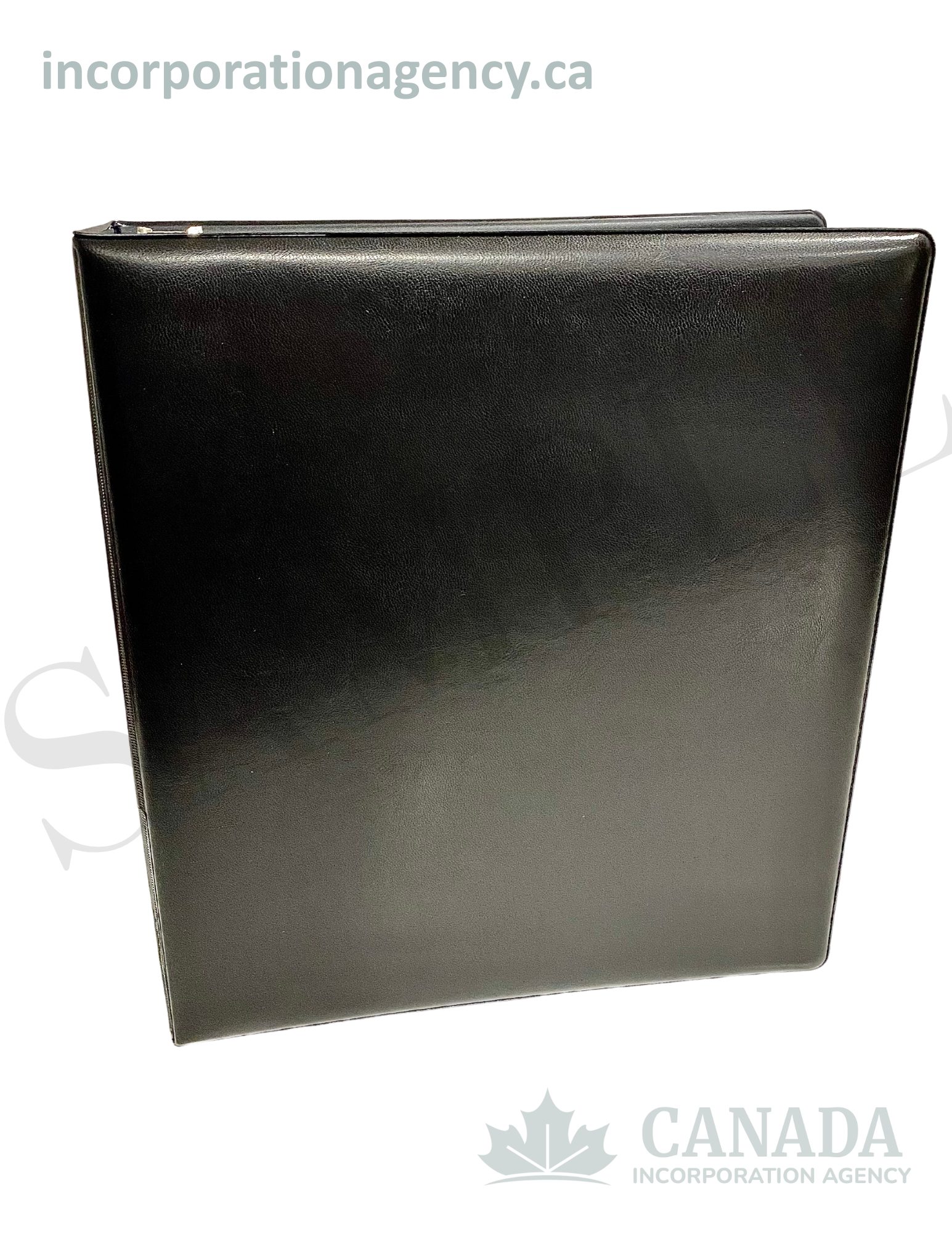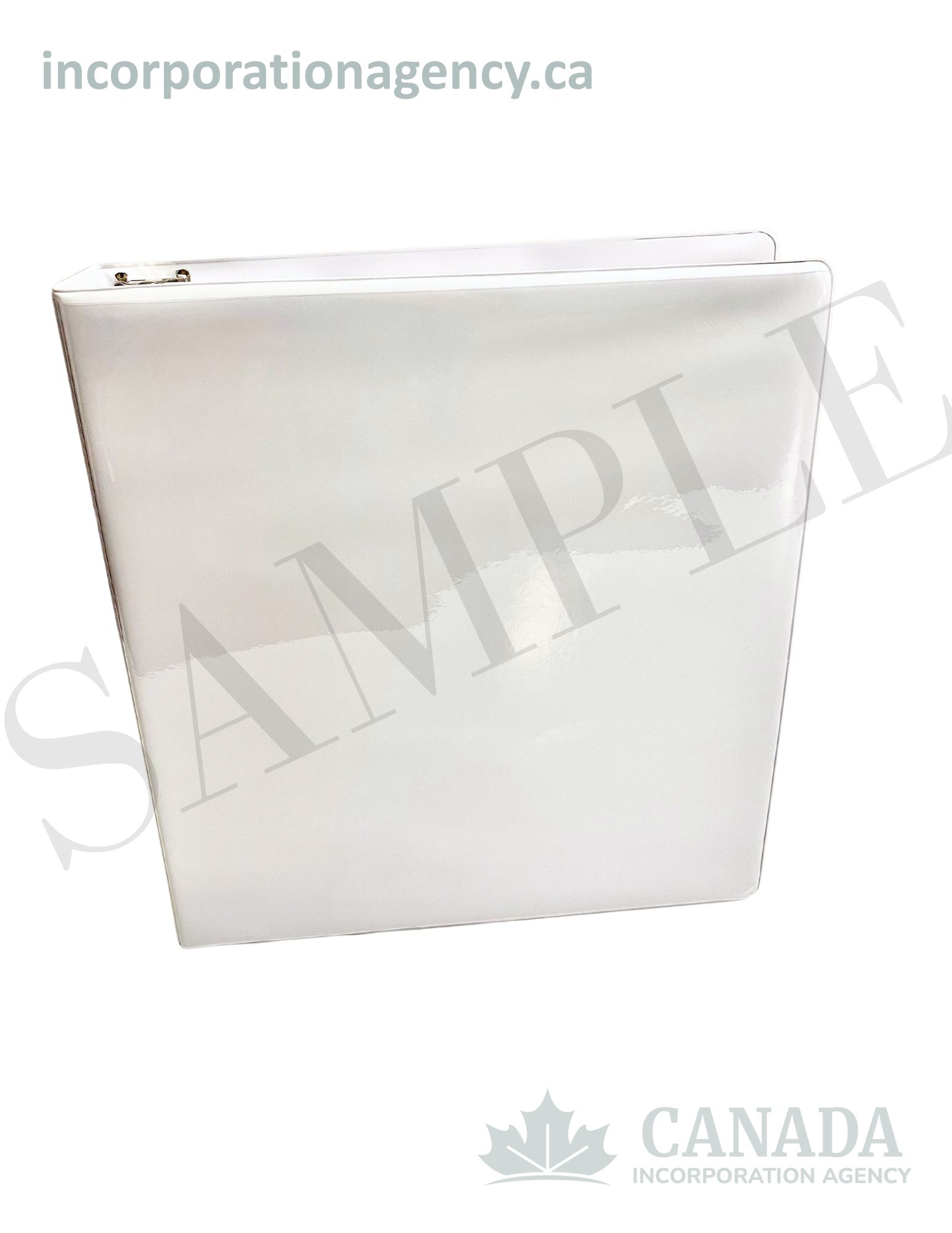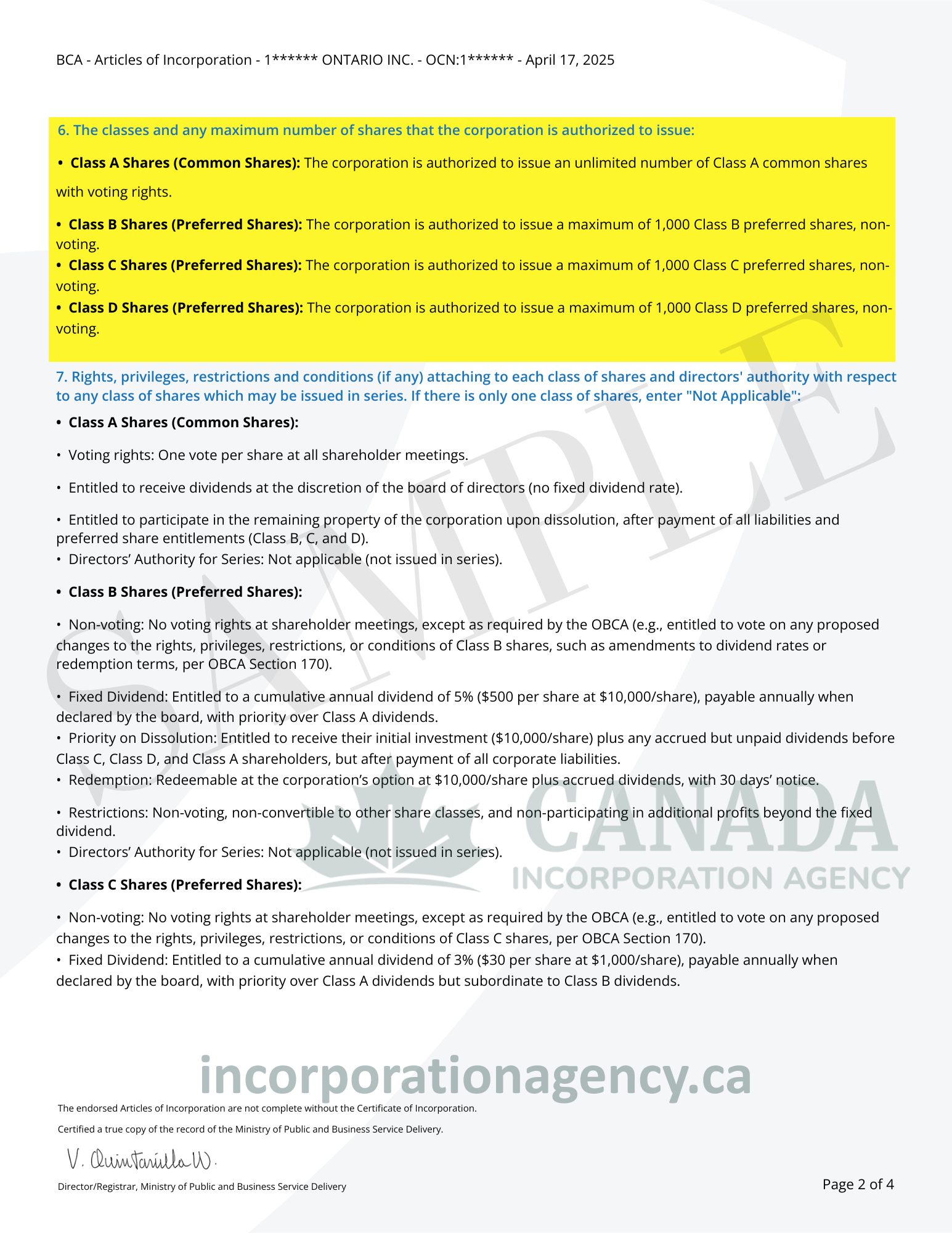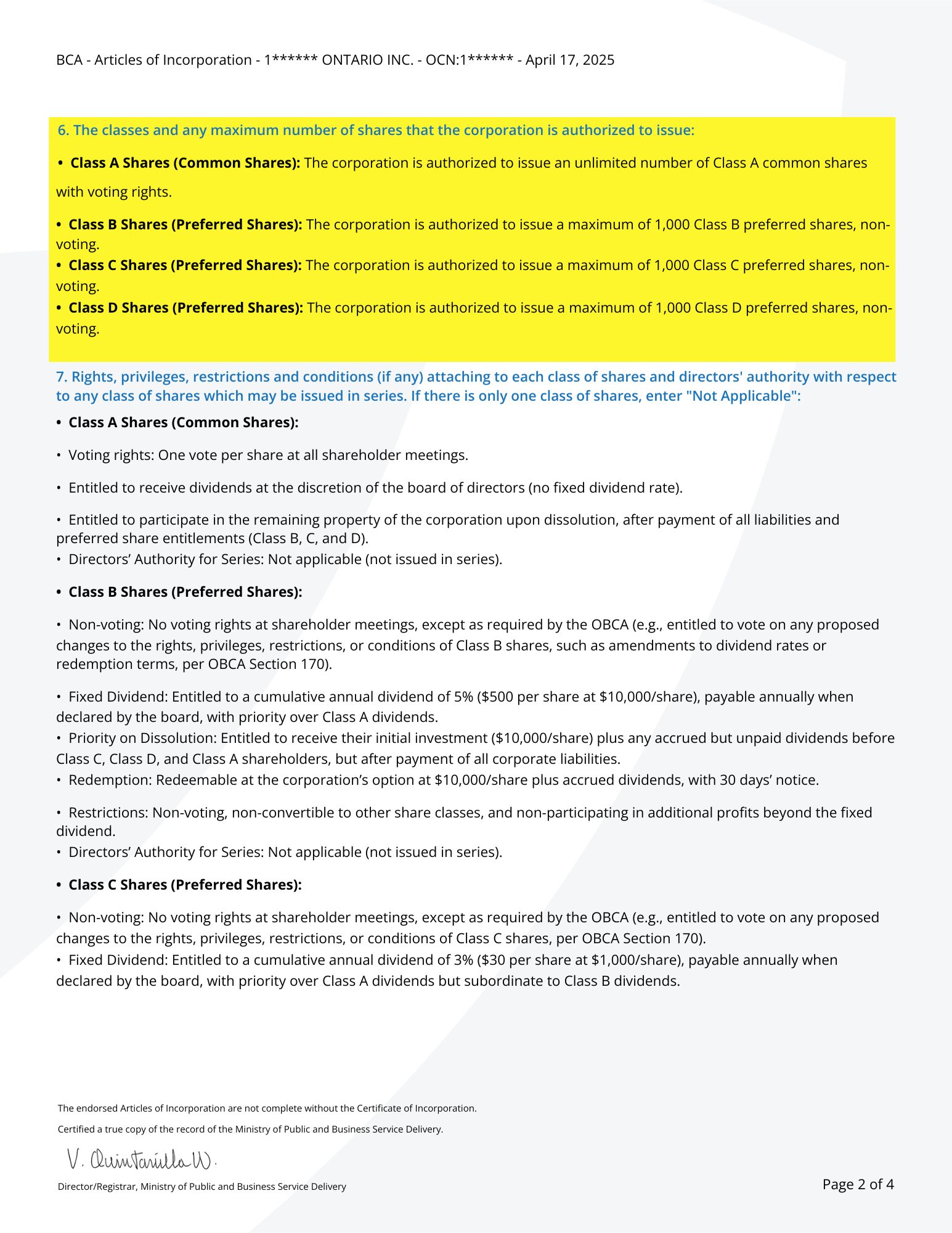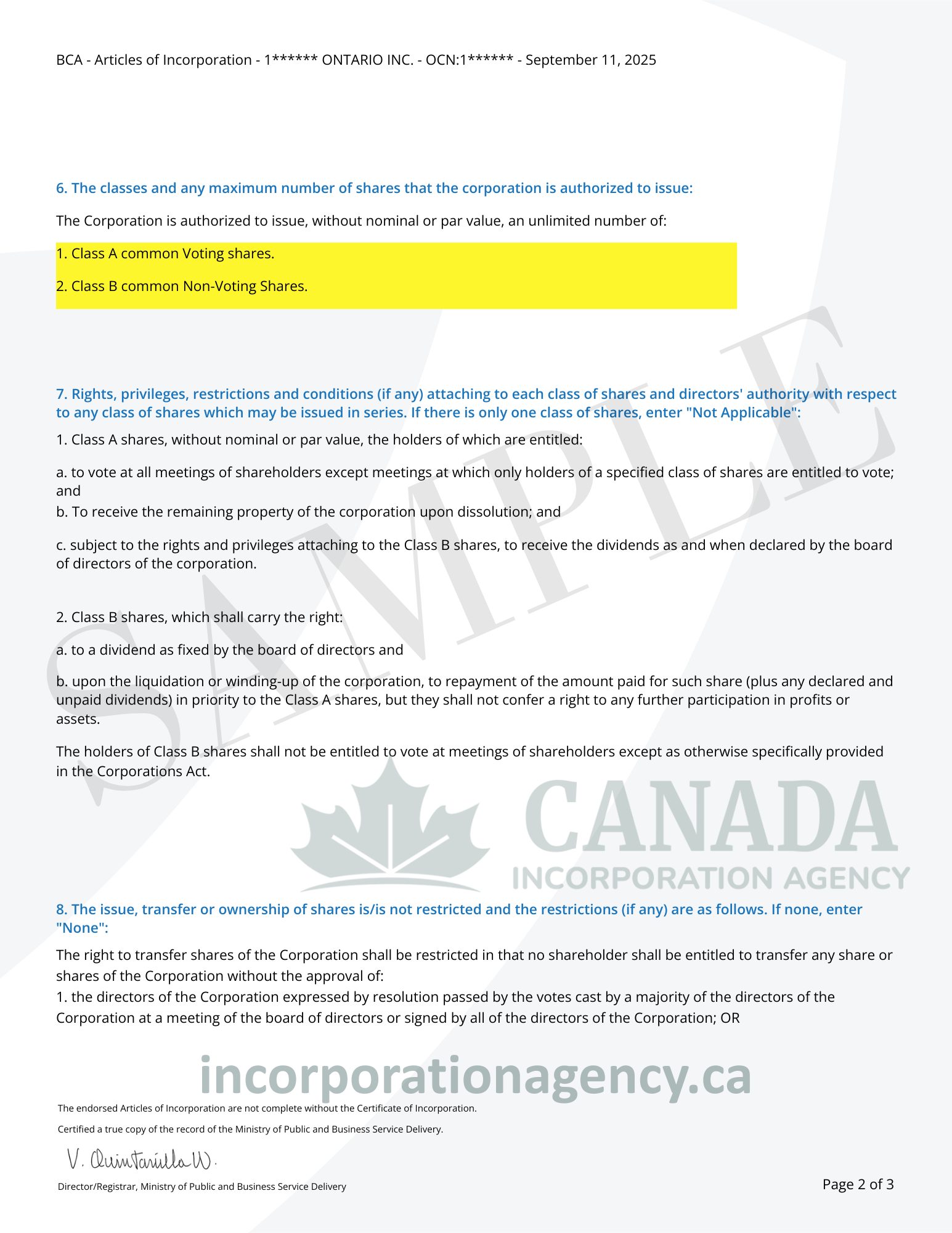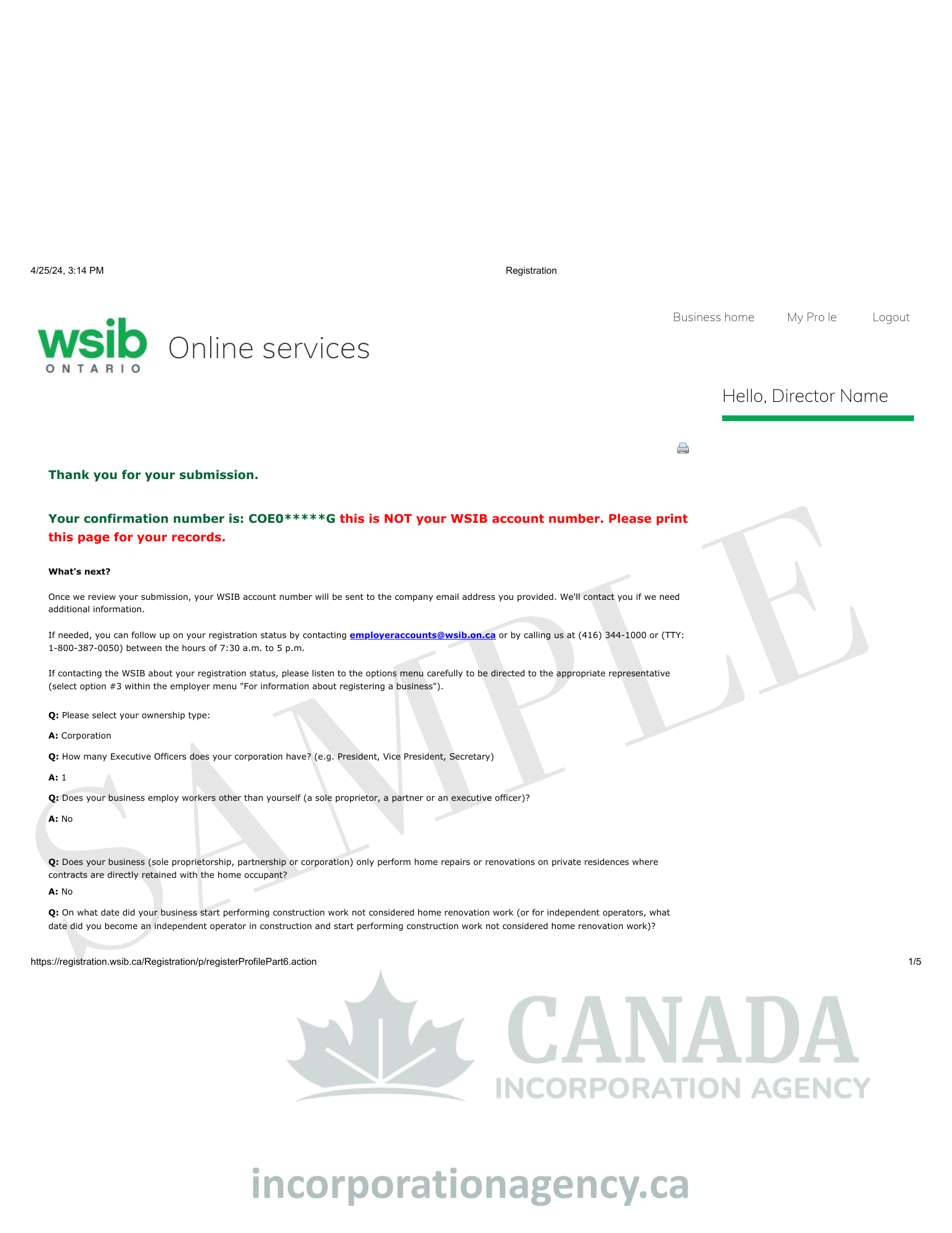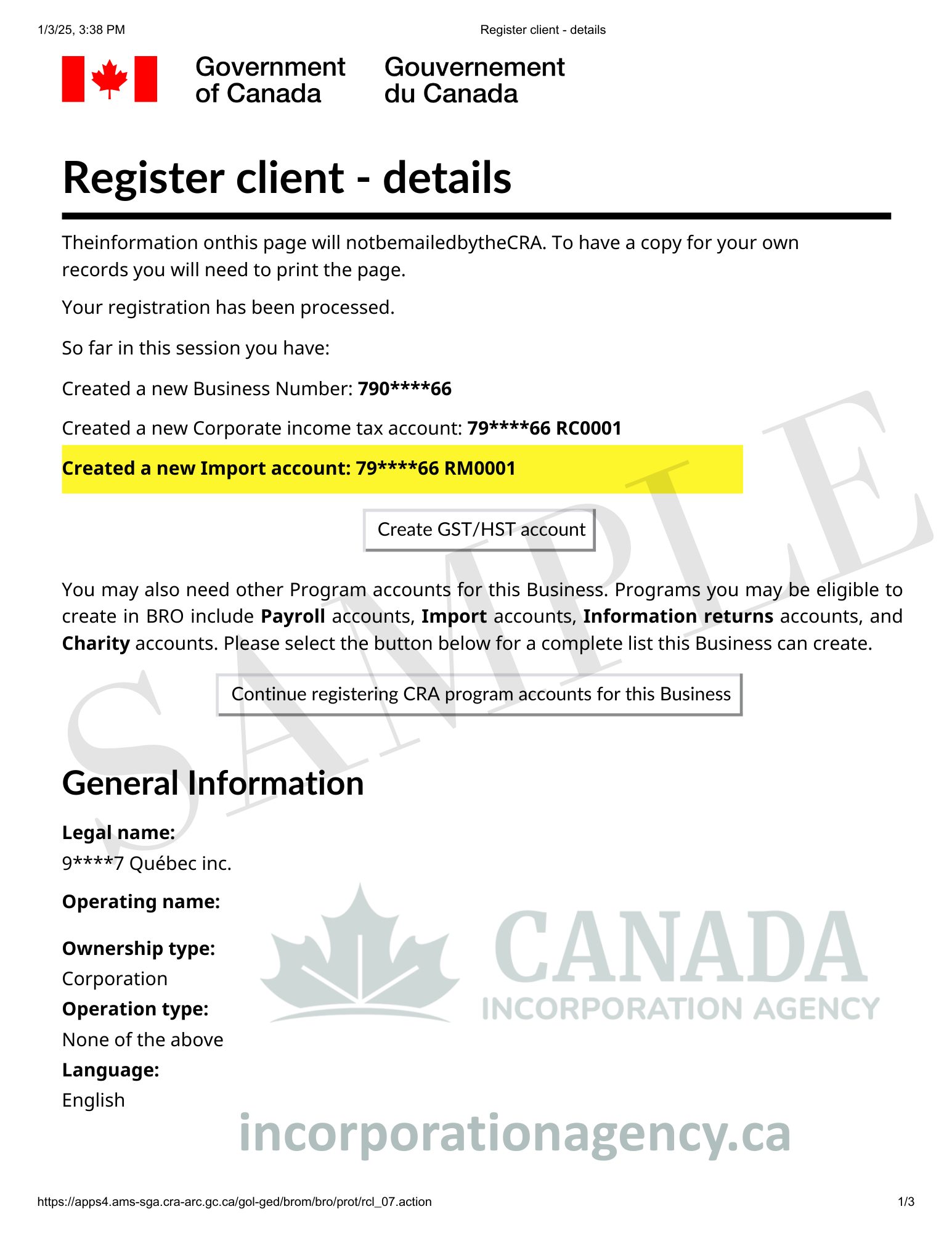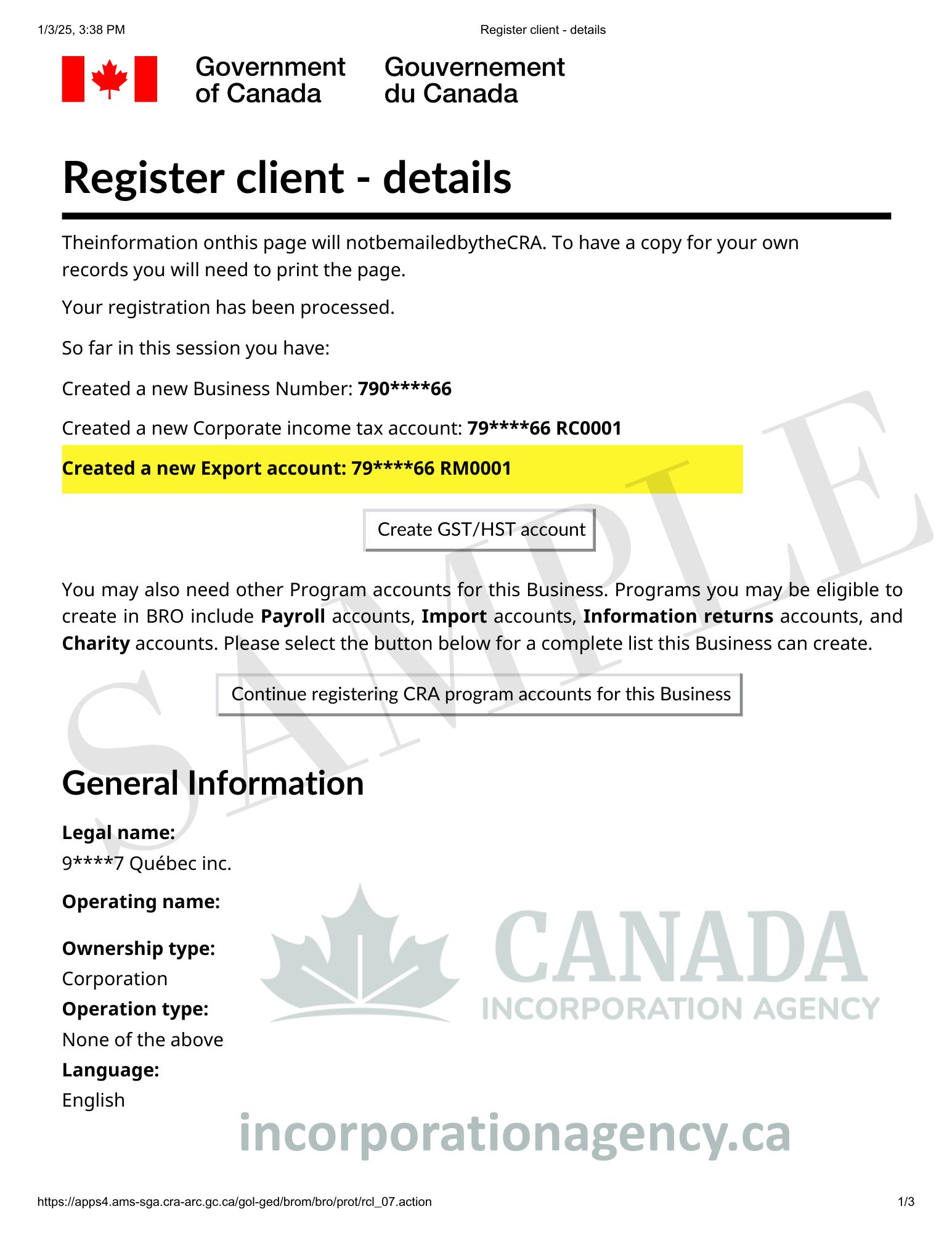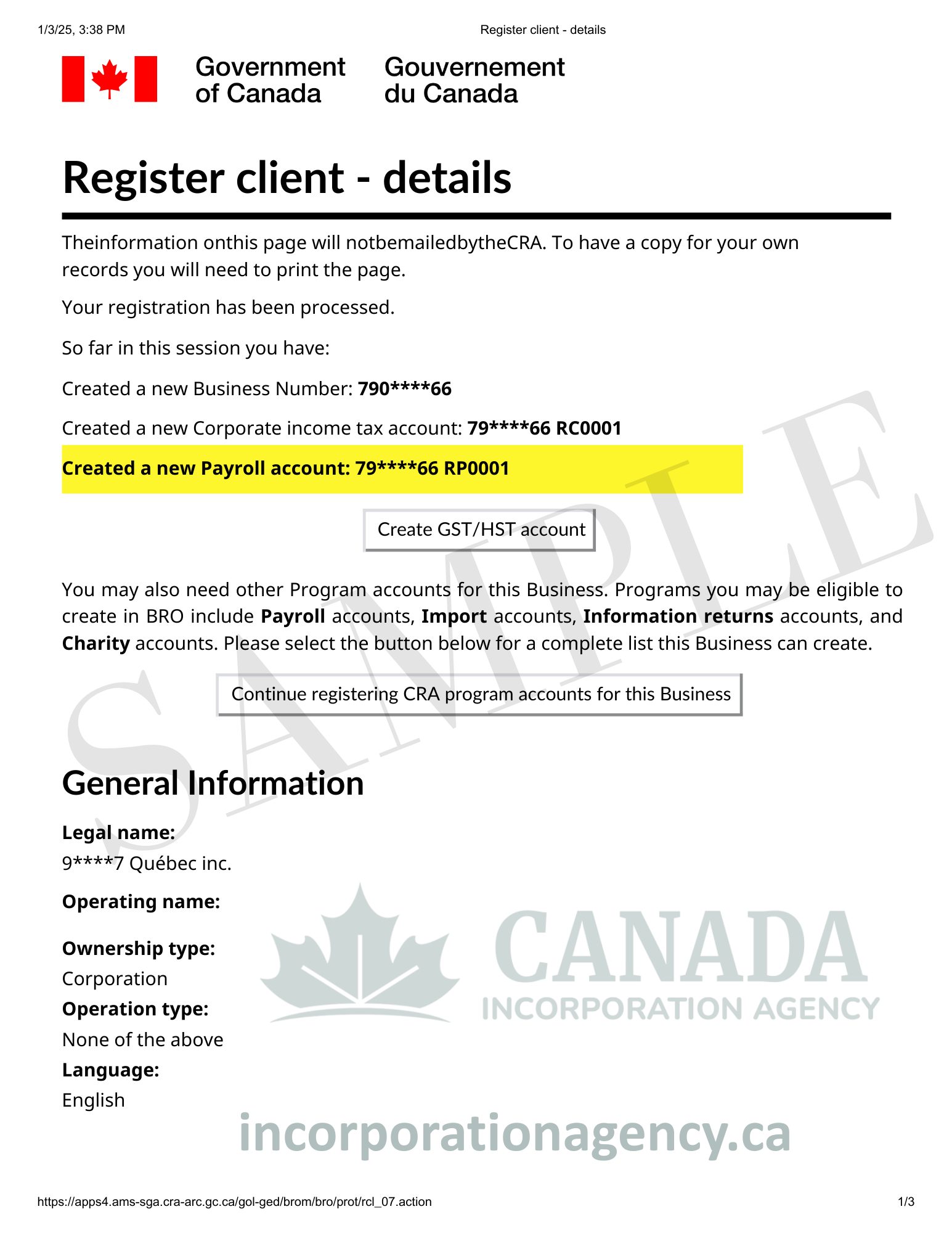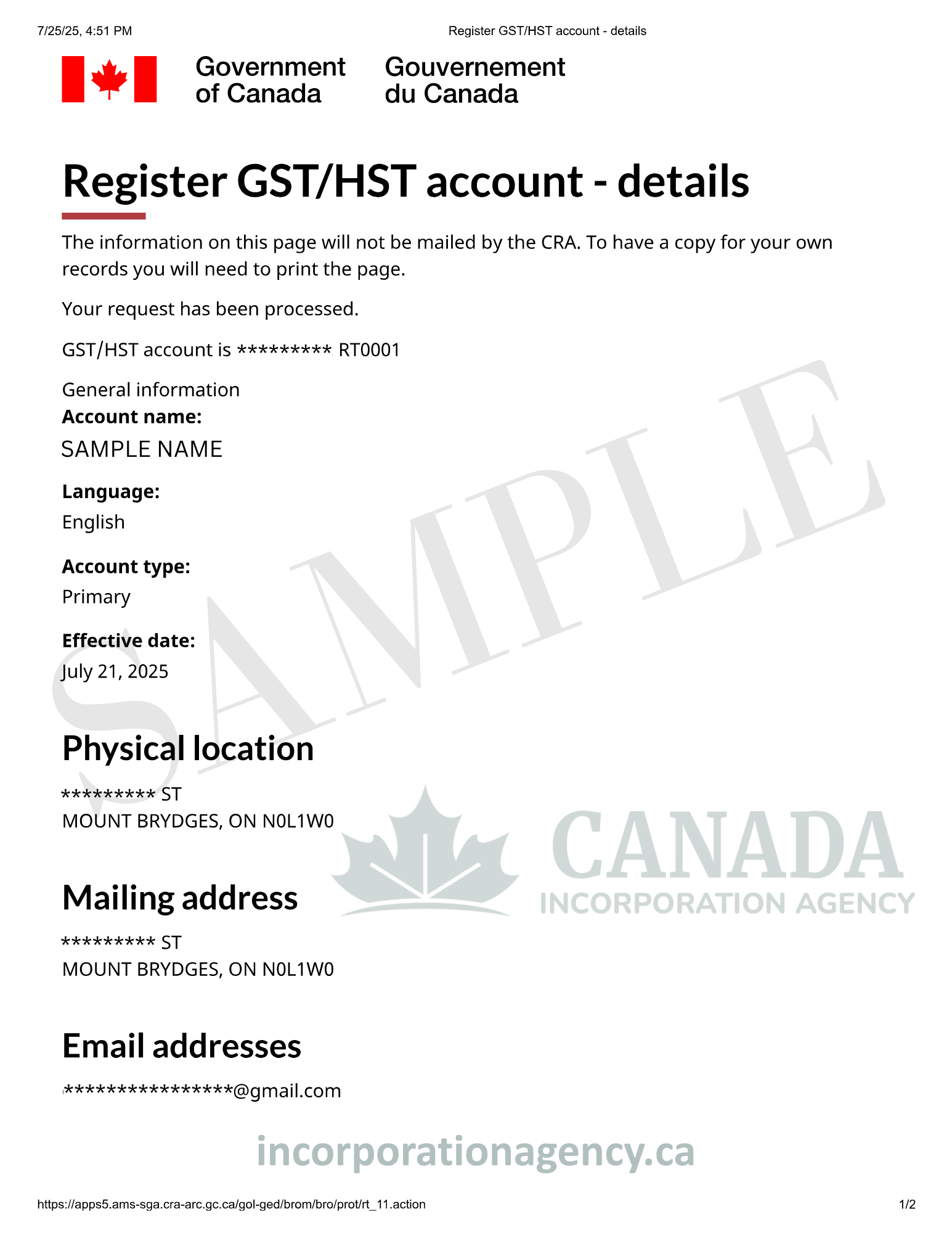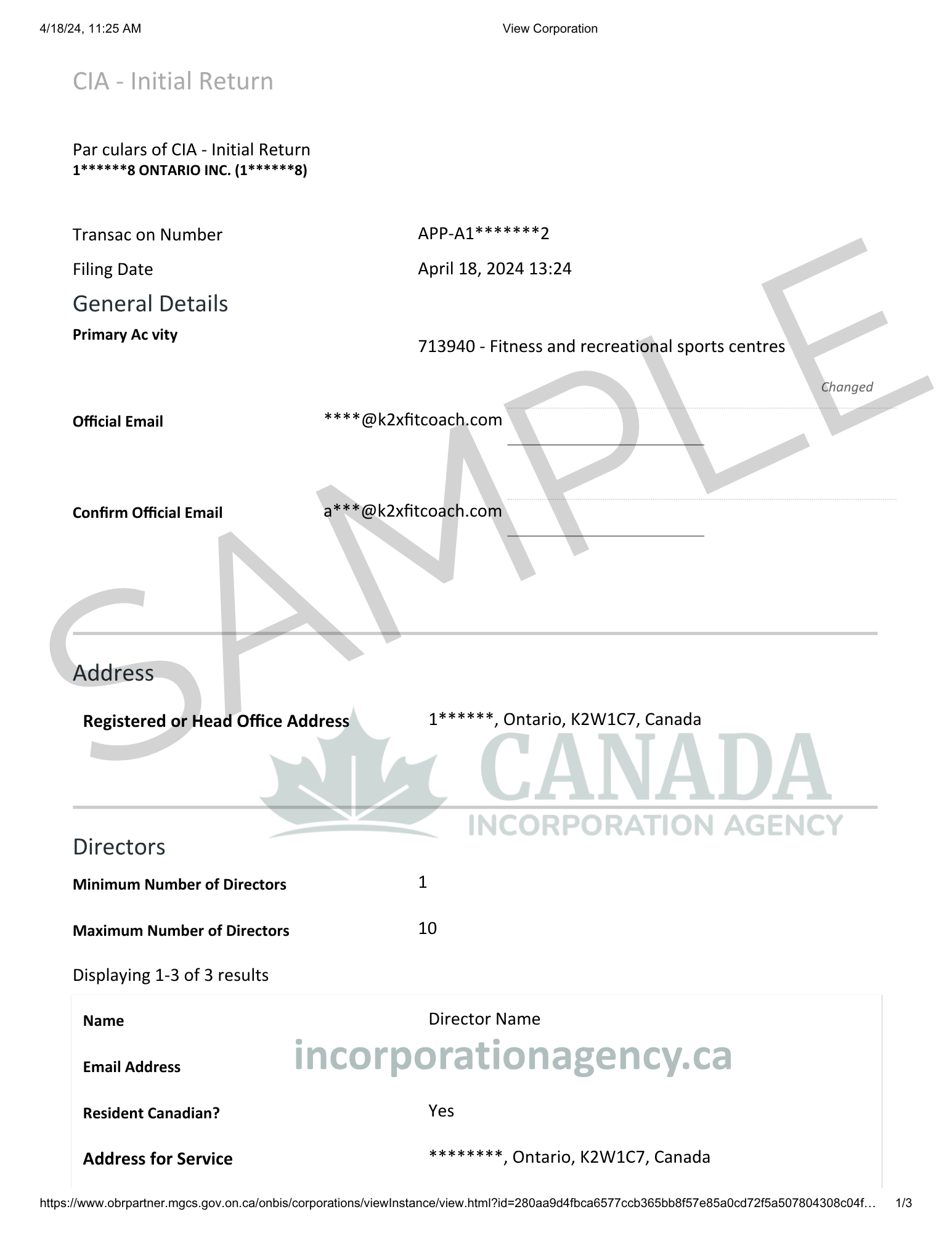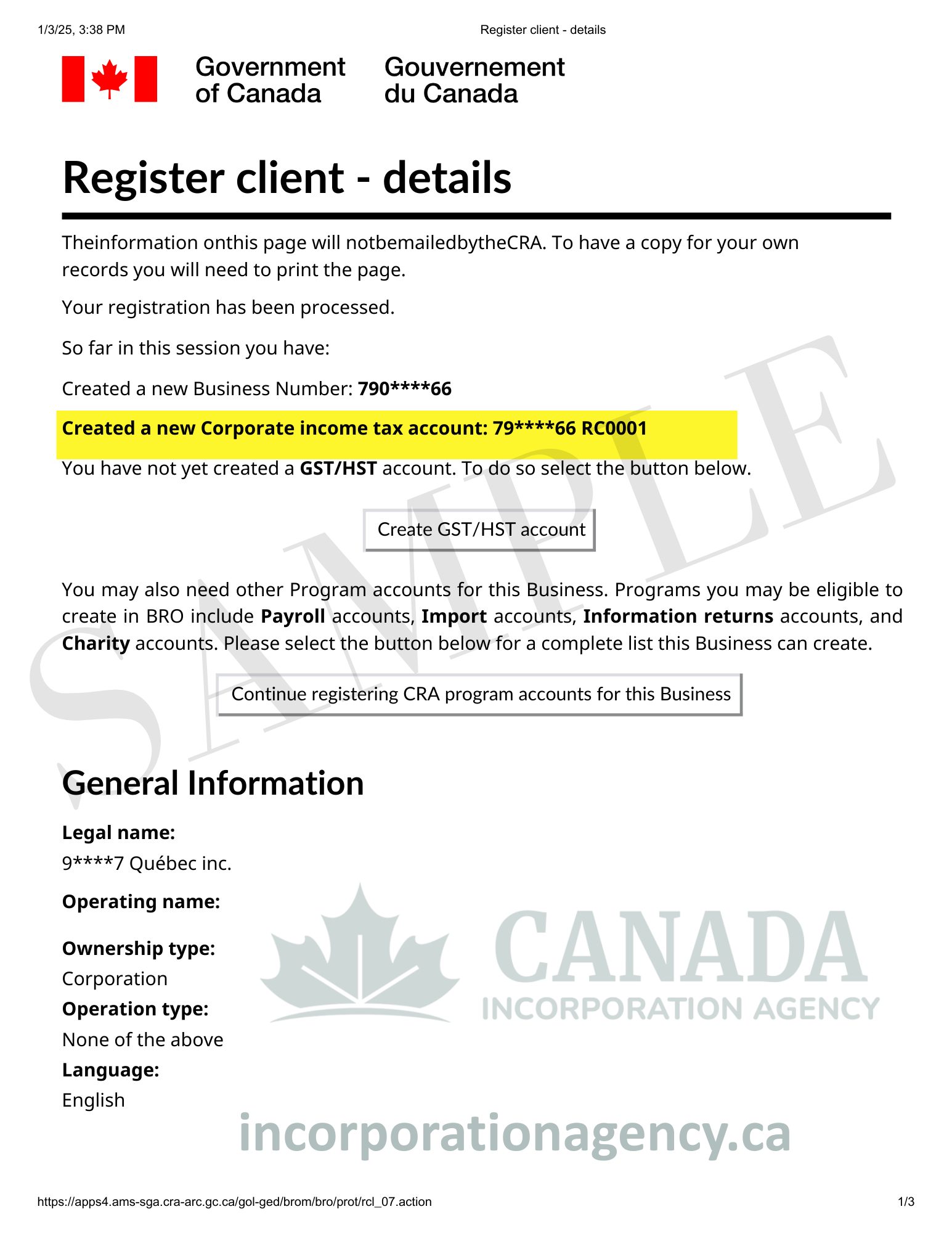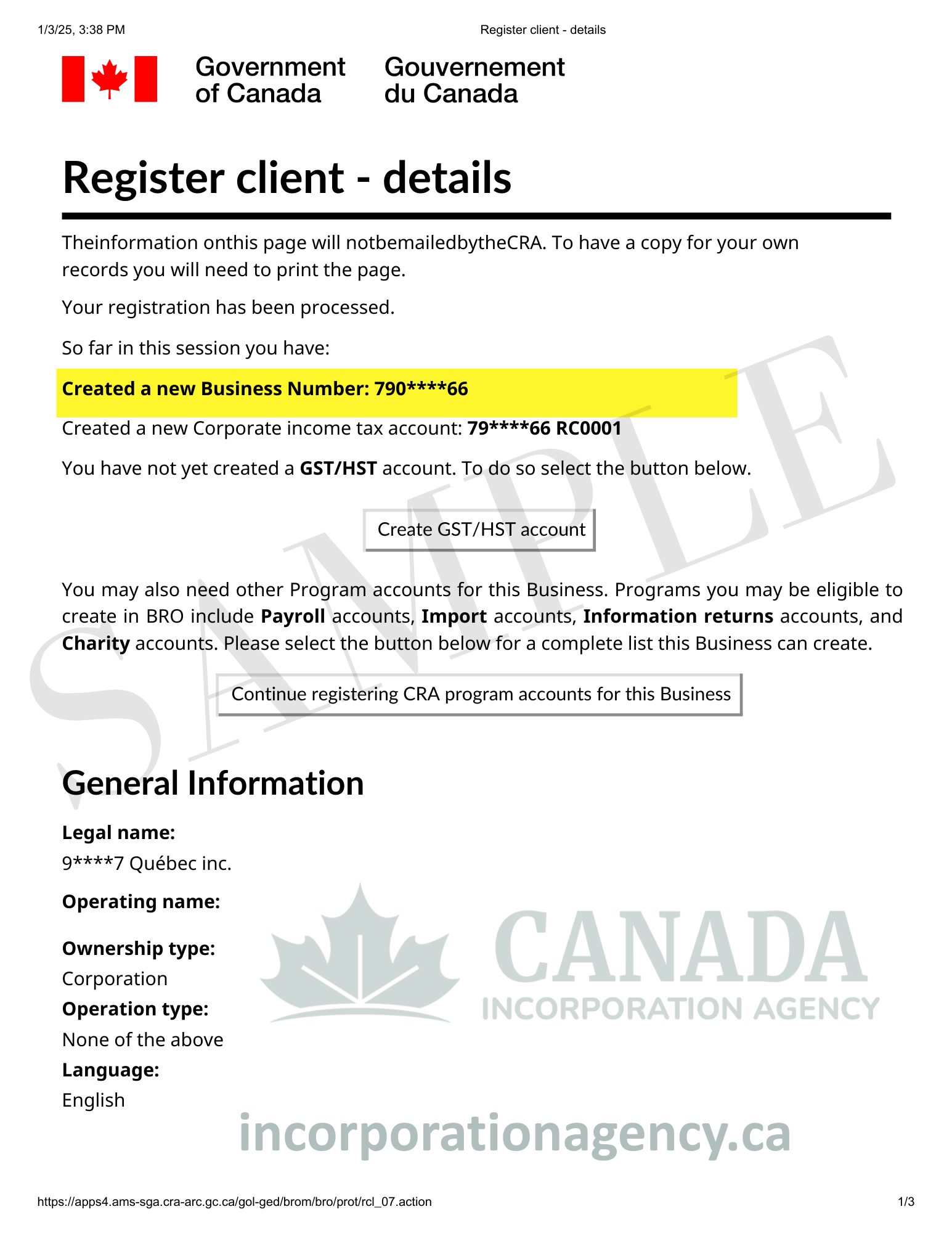So, you’ve decided that the time has come to wrap up your company back in Ontario. Perhaps you’re off on a new venture, retiring, or just discovering that your current company isn’t working out as planned. Whatever your reason, being aware of the company dissolution process is important to wrapping up properly and steering clear of future headaches.
Allow me to guide you through the ultimate guide to dissolving your Ontario company, including the fundamentals as well as the juicy details.
What Is Company Dissolution?
Consider dissolving a business the formal method of saying to the government, “I’m shutting down.” It is the formal procedure of closing your company and taking it off the registry of the government.
When you dissolve your company properly, you’re essentially putting it to rest in a way that protects you from future liabilities and tax obligations. It is also similar to closing a bank account, where you would not simply abandon the account without closure, would you? The same goes for your business.
Why Proper Dissolution Matters
Here’s the deal: if you simply walk away from your business without properly dissolving it, technically speaking, it still exists. It would then be possible that you’re still liable for annual filings, fees, etc. Nobody would want to receive any surprise bills or notices related to business they last believed they closed years back.
Understanding the Different Types of Business Structures
Before we dive into the dissolution of a company, it’s important to understand that the process varies depending on your business structure.
If your company is registered federally or provincially, then your structure is a more formal structure. Corporations come with stockholders, even directors, as well as specific legal formalities that must be handled during dissolution.
Sole Proprietorship and Partnership
These are smaller structures. When you’re a sole business owner, the dissolution procedure is a lot simpler than shutting down a corporation. You may only need to cancel your registration of your business name and shut down any related accounts.
How to Dissolve a Business in the Province of Ontario: A Step-by-Step Guide
Ready to get started? Let’s break down how to dissolve a business in Ontario into manageable steps.
Step 1: Make the Decision and Get Agreement
For most companies, this is not a personal decision. You will require agreement from your company’s shareholders and directors. Usually, this implies:
- Holding a meeting (or getting written consent)
- Passing a resolution to dissolve the company
- Documenting everything properly
If you’re a sole proprietor, skip this step yourself – it’s your business, your call.
Step 2: Pay off Debt and Responsibilities
This is important. You must, before dissolving a business in Ontario, you must:
- Pay off all outstanding debts
- Collect money owed to you
- Settle employee obligations (final paychecks, vacation pay, etc.)
- Cancel contracts and leases
- Notify customers and suppliers
You cannot simply leave people dangling with unpaid statements or unpaid commitments.
Step 3: Submit Your Closing Tax Returns
Canada Revenue Agency (CRA) would also like to hear back from you once again. You will be required to:
- File your last corporate tax return
- Close your GST/HST account if you do have one
- Obtain a clearance certificate from the CRA (this is your acknowledgement that you’ve paid all the taxes)
- File final payroll returns if you had employees
Don’t skip the clearance certificate. It’s proof that you’re square with the taxman, which protects you from future tax claims.
Step 4: Cancel Licenses and Permits
Based on your sector, you may have diverse licences as well as permits. It is time now to close them:
– Business licenses
– Professional licenses
– Permissions for health and safety
– Any industry-specific authorizations
Each may even have a cancellation procedure, so do be careful to check the requirements.
The Formal Dissolution Process for Ontario Corporations
If you’re dissolving an Ontario corporation, this is where the formal paperwork is.
Articles of Dissolution
You must register Articles of Dissolution with the government of Ontario. It is the formal document that informs the province that you’re closing up. The document requests:
- Your corporation’s Ontario Corporation Number (OCN)
- Information about assets and liabilities
- Confirmation that debts have been paid
- Details about shareholder approval
Voluntary vs. Involuntary Dissolution
There are, in effect, two sorts of dissolution:
Voluntary Dissolution: It is the one we’ve been talking about – your decision to shut your company.
Involuntary Dissolution: This occurs when the government removes your corporation, most likely because your corporation failed to file required documents or pay required fees. Not great, as it will cause issues in the future.
Timeline and Fees
Dissolving usually takes a couple weeks after the paperwork is filed. There is a fee to file (currently about $25 for online submissions), although check for current pricing.
Special Considerations for Federal Corporations
If your company is federally incorporated, then the process is the same, but instead, you deal directly with Corporations Canada, rather than the government of Ontario. It is the same principles:
- Get shareholder approval
- Settle debts and obligations
- File final tax returns
- Submit Articles of Dissolution
The significant variation is where your paperwork gets entered and which regulations come into effect.
What Happens to Assets During Dissolution?
Have equipment, stock, or other properties? These must be handled before dissolution:
Distribution to Shareholders
After debt repayment, any assets remaining are paid to shareholders based on the percentage ownership they hold. In the case of corporations, this must conform to the specific guidelines statutorily provided within your articles of incorporation.
Asset Sales
Sometimes it makes sense to sell assets before dissolution. Proceeds thereof would be used to settle liabilities then Share to Shareholders.
Common Mistakes to Avoid
There some most common mistakes people do while dissolving the business:
Rushing the Process
Dissolution is slow. Do not rush it, even the debt adjustment process. Being cheap today may cause issues tomorrow.
Forgetting About Current Obligations
That lease agreement that you entered three years back? Subs services? Domain names? Ensure that you’ve canceled everything.
Not Maintaining Records
Even after dissolution, business records must be retained for a minimum period of six years. CRA may require them during the time of an audit.
Neglecting Worker Responsibilities
If you’ve got workers, then you’ve got liabilities. Closing paychecks, Employment Records, pay for vacation time — do it all the right way.
Life After Dissolution
After your company is finally dissolved, what is next?
The corporation no longer legally exists. It cannot enter into contracts, own assets, or do business. Personal liability for corporate debt is usually shielded (if you’ve come up the corporate formalities).
However, if creditors show up later with legitimate claims that weren’t addressed during dissolution, things can get complicated. This is why thorough debt settlement is so important.
When to Get Professional Help
Well, I’m all about DIY as long as it goes well , but the dissolution of business becomes complicated. Consider taking the services of experienced third party agents, like Canada Incorporation Agency.
Final Thoughts
Dissolving a company in the province of Ontario shouldn’t be that scary.
Yes, there is paperwork and there are formalities that need to be observed, but if properly planned, there is no reason why it cannot be wrapped up nicely, leaving no loose threads behind. Remember, the secret here is being meticulous. Pay your debt, file your paperwork, receive your tax clearances, and keep accurate records. Do it properly, and you’re able to finish this book knowing that everything has been taken care of.
Whether retiring, passing on to greener pastures, or bringing a venture that wasn’t working to a close, there is no shame in dissolution. It is part of the natural cycle of the business lifecycle. It is important to do it the proper way. Best wishes to your next page!

